As a responsible cat owner, you’re likely equipped with a first-aid kit for minor human injuries. It’s almost guaranteed to include a tube of Neosporin, a go-to ointment for cuts and scrapes. So, when your feline friend gets a wound, it’s natural to wonder: Can you use Neosporin on cats too?
While Neosporin is a staple in many homes for human use, using it on cats presents unique risks. Understanding these dangers and exploring safer alternatives is crucial for your cat’s well-being.
Neosporin for Cats: Understanding the Basics
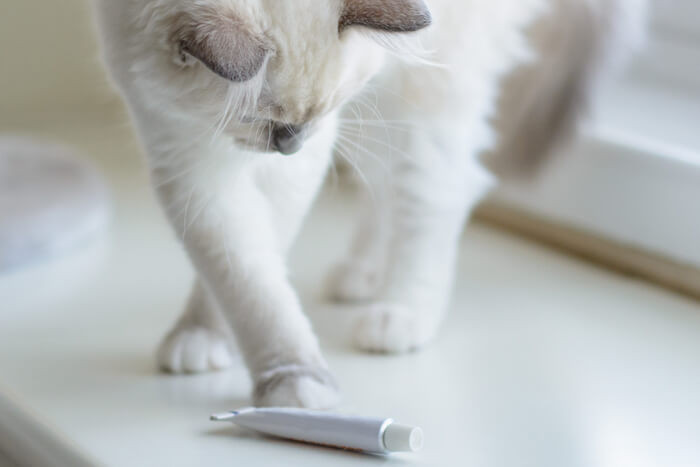 Neosporin on Cats Feature
Neosporin on Cats Feature
Neosporin is a topical antibiotic ointment readily available over-the-counter. Often called a triple antibiotic ointment, it typically contains three active ingredients:
- Bacitracin: An antibiotic that prevents bacterial growth.
- Neomycin: Another antibiotic effective against a range of bacteria.
- Polymyxin B: An antibiotic that disrupts bacterial cell membranes.
Some Neosporin formulations also include pramoxine hydrogen chloride, an analgesic for pain relief. However, pain relief formulas are particularly unsuitable for cats.
Here’s a quick overview:
Medication Type: Topical antibiotic ointment
Form: Ointment, Cream
Prescription Required?: No
FDA Approved?: No (for veterinary use specifically)
Life Stage: Adult cats and kittens (veterinarian discretion advised)
Brand Names: Neosporin
Common Names: Bacitracin, Neomycin, Polymyxin B
Available Dosages:
- Regular Neosporin: Bacitracin, Neomycin, and Polymyxin B.
- Pain Relief Formulas: Includes Pramoxine (not recommended for cats).
Despite its common use in humans, Neosporin carries specific risks for cats that make it a less than ideal choice for their injuries.
What Exactly is Neosporin and How Does it Work?
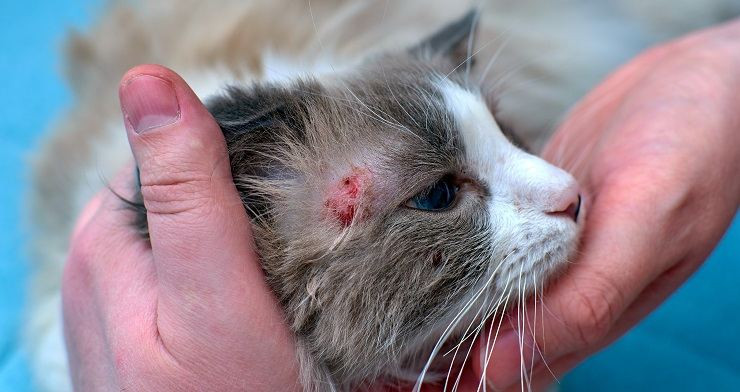 Medication For Skin Disease In Cats compressed
Medication For Skin Disease In Cats compressed
Neosporin is designed to treat minor superficial wounds like cuts, abrasions, and puncture wounds. The combination of antibiotics works to prevent bacterial infections and can be effective in treating mild existing infections. In humans, these antibiotics are generally safe and well-tolerated, offering antibacterial benefits with minimal side effects.
The effectiveness of Neosporin lies in its ability to create a barrier against bacteria at the wound site, allowing the body’s natural healing process to occur without infection. This localized approach is beneficial for minor injuries in humans.
The Safety Question: Is Neosporin Safe for Cats?
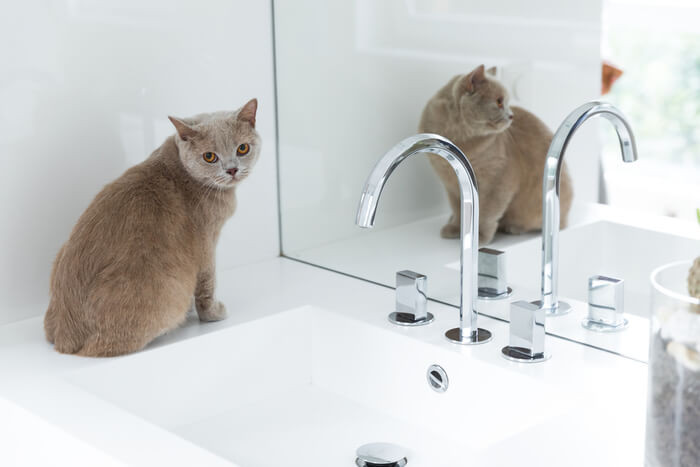 Neosporin Dangers for Cats
Neosporin Dangers for Cats
While Neosporin is considered safe for topical use on humans, the same cannot be definitively said for cats. The primary concern arises from cats’ grooming habits. Felines are meticulous groomers, and any topical ointment applied to their skin or fur is highly likely to be ingested.
This ingestion is where the risks escalate. Cats do not process Neosporin as safely as humans. While some cats might tolerate small amounts without noticeable issues, others can experience adverse reactions, some of which can be severe.
When Neosporin remains on the skin, the risk is relatively lower. Some cats might exhibit mild allergic reactions to the ingredients, particularly neomycin and polymyxin B, which are more common allergens than bacitracin. These reactions can manifest as localized skin irritation.
However, the reality is that Neosporin rarely stays put on a cat’s skin. Their natural instinct to groom kicks in, and they will likely lick off the ointment.
Cat grooming behavior is a natural and essential part of their hygiene. Unfortunately, in this case, it turns a topical application into a potential ingestion hazard. The same antibiotics that might cause a minor skin reaction topically can trigger a much more serious allergic reaction when ingested.
Although most cats who ingest Neosporin might only suffer mild gastrointestinal upset, a subset of cats can experience significant allergic reactions. In severe cases, this can lead to anaphylactic shock, a life-threatening condition that can be fatal.
This risk of severe, even fatal, reactions is why most veterinarians advise against using Neosporin on cats. The potential dangers often outweigh the intended benefits.
Potential Effects of Neosporin on Cats: What to Watch For
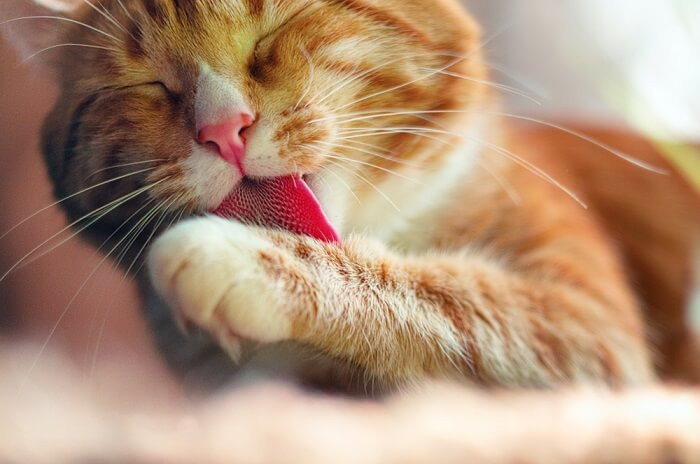 cat licking
cat licking
If your cat experiences a topical reaction to Neosporin, signs of skin irritation will appear in the area where the ointment was applied. These signs can include:
- Redness of the skin
- Swelling
- Itchiness, leading to excessive licking or scratching at the site
If you observe these symptoms, immediately try to wash off the Neosporin using a gentle, pet-safe shampoo. Avoid using Neosporin on your cat in the future. If the allergic reaction persists after washing, veterinary intervention might be necessary for prescription medication to manage the reaction.
If your cat has ingested Neosporin, monitor them closely for the following signs:
- Vomiting: A single episode might occur and resolve quickly.
- Persistent Vomiting: If vomiting continues or is severe, it’s a cause for concern.
- Diarrhea: Loose stools or diarrhea are indicators of gastrointestinal upset.
- Loss of Appetite: Refusal to eat is a significant sign of illness in cats.
Contact your veterinarian immediately if you notice any of these gastrointestinal symptoms persisting or worsening.
Furthermore, seek immediate veterinary attention if you observe signs of a severe systemic reaction, such as:
- Lethargy or weakness
- Difficulty breathing or shortness of breath
These symptoms could indicate a serious allergic reaction requiring emergency treatment.
Safer Alternatives to Neosporin for Cat Wound Care
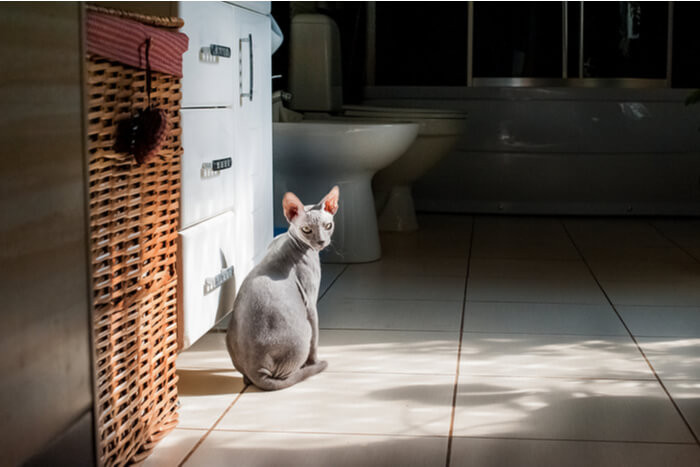 Alternatives to Neosporin on Cats
Alternatives to Neosporin on Cats
When faced with a minor scratch or wound on your cat, the first and safest approach is gentle cleaning. Use mild soap and water to thoroughly clean the affected area.
Topical antibiotics, in general, pose challenges in cats due to their grooming habits. Any ointment applied is likely to be licked off before it can provide significant therapeutic benefit. In some cases, the cat’s attempts to remove the ointment by licking can even exacerbate the wound.
If you are concerned about a potential infection in your cat’s wound, prioritize cleaning it thoroughly with mild soap and water. This simple first-aid step is often sufficient for minor injuries.
If the wound shows signs of infection despite cleaning, avoid Neosporin and schedule a veterinary appointment. Your veterinarian can assess the wound properly and prescribe oral antibiotics if needed. Oral antibiotics are generally more effective for treating wound infections in cats as they bypass the grooming issue and provide systemic treatment.
Veterinarians may also recommend topical alternatives specifically formulated for cats if they deem a topical approach necessary and safe in a particular situation. These vet-approved options are designed to minimize risks associated with ingestion and allergic reactions in felines.
Conclusion: Prioritizing Your Cat’s Safety
 BROWN WHITE
BROWN WHITE
While Neosporin is a common and safe over-the-counter antibiotic ointment for humans, its use in cats presents significant risks. Despite anecdotal reports of cats tolerating Neosporin, the potential for life-threatening allergic reactions due to ingestion is a serious concern.
Given the high likelihood of cats grooming and ingesting topical medications, the risks associated with Neosporin in cats generally outweigh any potential benefits.
For minor wounds in cats, thorough cleaning with mild soap and water is the recommended first step. If you suspect an infection, consult your veterinarian instead of reaching for Neosporin. Veterinary guidance ensures your cat receives the safest and most effective treatment, protecting them from potential adverse reactions and promoting optimal healing.
Frequently Asked Questions
What antibiotic ointment is safe for cats?
Unlike dogs, cats are more susceptible to severe allergic reactions to common antibiotics found in topical ointments. Therefore, it’s generally best to avoid using over-the-counter antibiotic ointments on cats unless specifically directed by your veterinarian. Seek veterinary advice for any suspected wound infections.
What can I put on my cat’s wound?
For a new wound, gently clean it with mild soap and water. Avoid applying topical ointments, as they can encourage licking and hinder healing. Clean the wound, monitor it for signs of infection, and consult your vet if infection is suspected.
Can you use Neosporin on a cat?
Neosporin is generally not recommended for cats due to the risk of ingestion and potential allergic reactions, which can be life-threatening in some cases. It’s safer to clean wounds with soap and water and consult with your veterinarian for appropriate treatment options.
